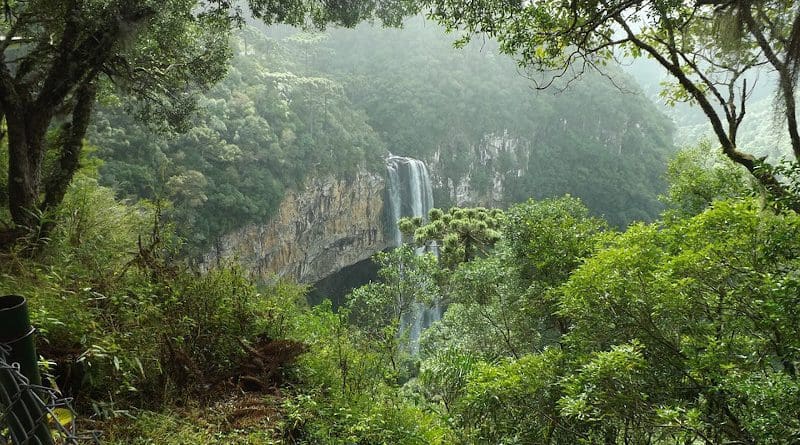Over 25 Thousand Species In Brazil’s Flora Are Endemic
By ABr
By Vitor Abdala
More than 25 thousand Brazilian native species of plants, algae, and fungi are endemic—i.e. they only exist naturally in the country. This represents 55 percent of the total of Brazilian native species, which add up to 46.9 thousand. The data come from the study Flora of Brazil 2020, coordinated by Rio de Janeiro’s Jardim Botânico.

Of the six Brazilian biome types, the Atlantic Forest is reported as the biome with the highest number of species (17,150, or 36.5 percent of the Brazilian flora), followed by the Amazon (13,056, or 27.8 percent of the species), and the Cerrado (12,829, or 27.3 percent). Next come the Caatinga, with 4,963 species (10%), the Pampa, with 2,817 (6%), and the Pantanal, with 1,682 (3.6%).
Of the species, 32,696 are angiosperms (vascular plants with fruit, like the palm tree), 23 are gymnosperms (vascular plants with no fruit, like the pine tree), 6,320 are fungi, and 4,972 are algae; 1,584 are bryophytes (mosses), and 1,380 are ferns.
In addition to the 46.9 thousand native species, specialists found 680 exotic species that have been naturalized (they spread naturally across the country), and 2,336 exotic plants that are cultivated.
The study comes as the result of the country’s commitment to the United Nations (UN) Global Strategy for Plant Conservation (GSPC), and was conducted with the aid of nearly a thousand scientists from 25 countries. In addition to the list of species, the study includes their descriptions, synonyms, endemic conditions, the biomes, vegetation types, and the states where they can be found.
The data are open to the public online. According to study coordinator Rafaela Campostrini Forzza, the platform is a source of information not just for botanic scholars, but it may also help devise governmental plans and environmental impact studies.
“One of the things decision makers ask is, how many species are there in my state? How many species are there in a given biome? Before making a conservation plan for the biome, one must know how many species there are—how many occur only there. Are these areas the priority in the creation of conservation units?” Compostrini asked.
In the last five years, she went on to say, an average of one species was described in Brazil everyday. This shows, she argued, that there are a large number of species yet to be discovered or described in the country.

